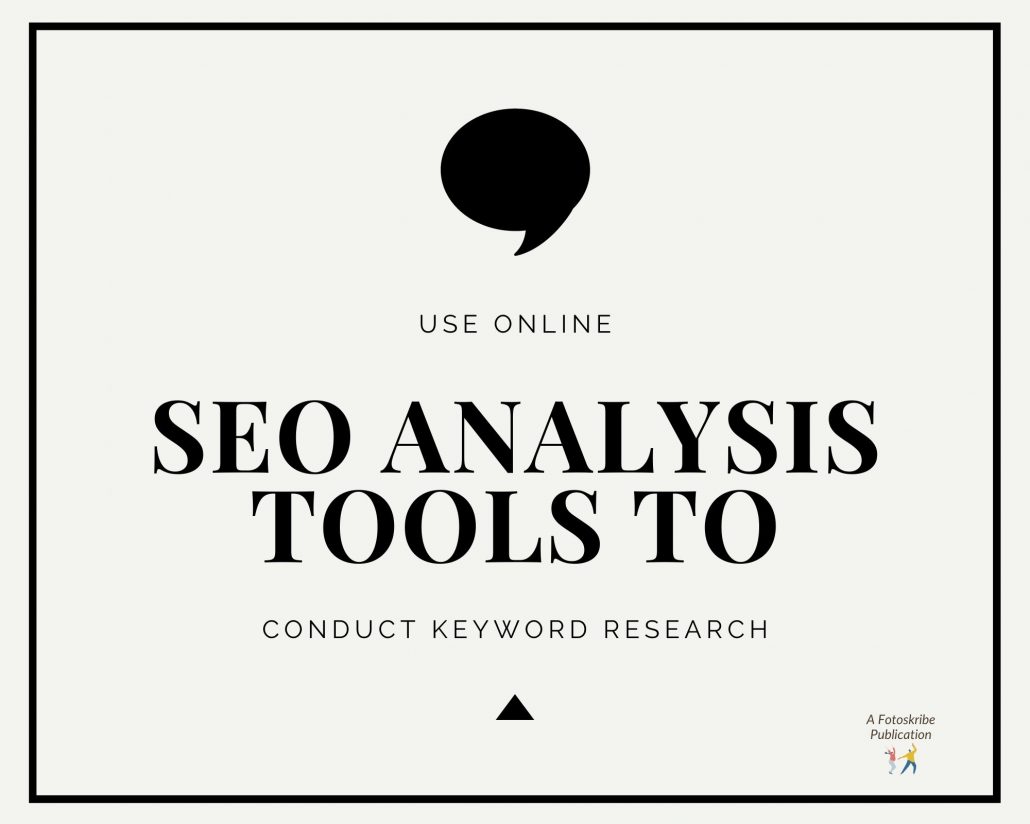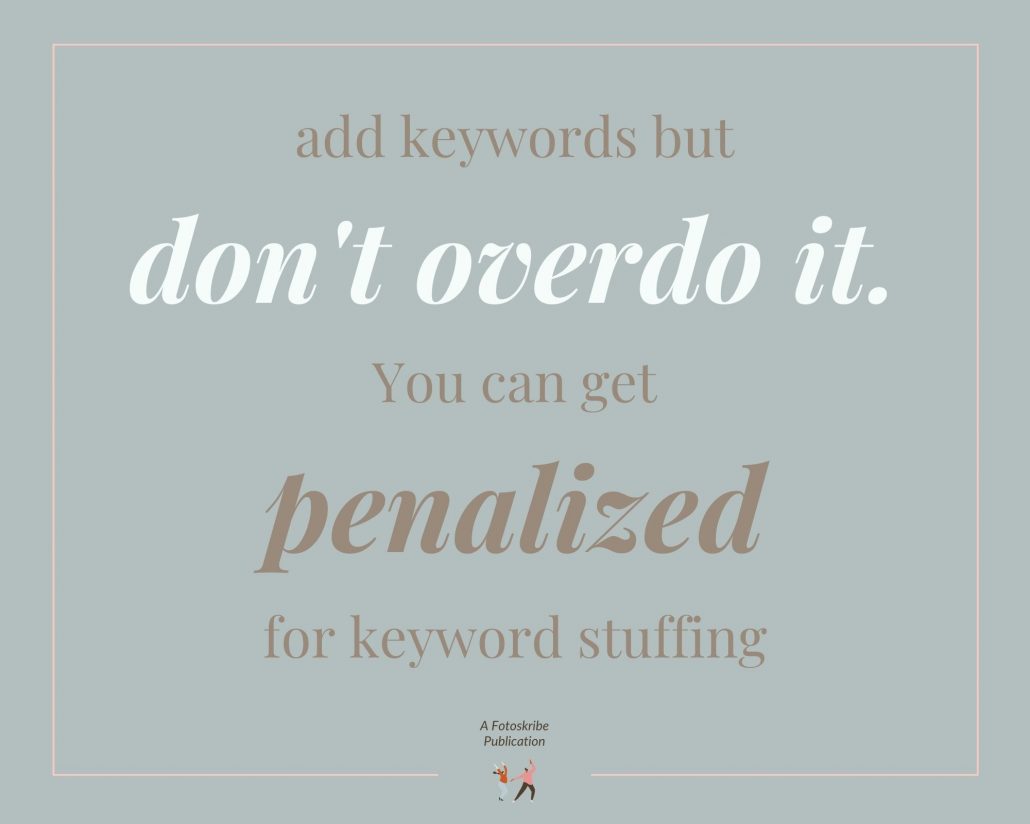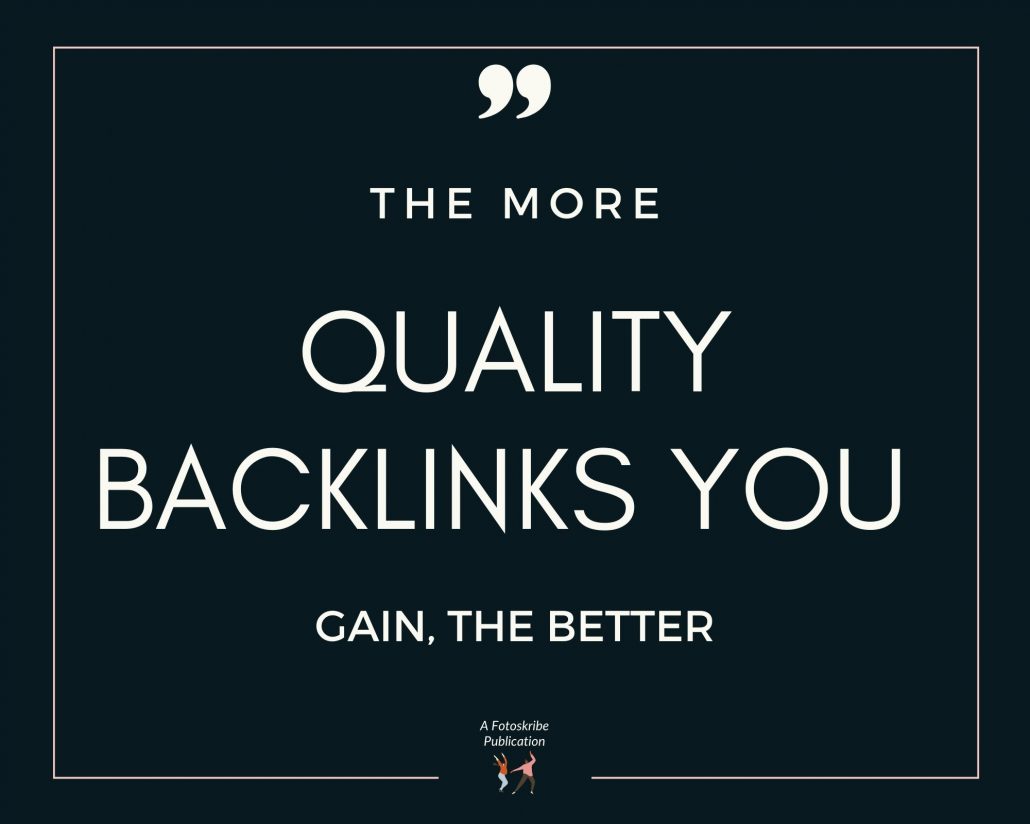SEO Tips For Photographers: A Guide To Grow Your Organic Traffic
Search engine optimization (SEO) can do wonders for your website – provided you know how to make it work. As a photographer, you might have spent hours looking for SEO tips on how to grow your organic traffic. And in this blog, we are going to walk you through some of them. However, remember that search engines keep making algorithm changes and, therefore, change how they assess web content rankings. So there is nothing set in stone. Essentially, what we are trying to say is that what might have worked a few years ago might not necessarily work today.
Basic SEO Tips For Photographers
1. Keyword Research

This one never gets old. Keyword research has and will almost always turn out to be beneficial for leveling up your on-page SEO game. The reason being – a keyword is often the backbone of a web page. You will find that they are targeting some keyword or the other. Some keywords have very high search volume and high difficulty, whereas there are keywords that have low search volume, low difficulty, and, therefore, low competition. You can do your keyword research based on your strategy – whether you want to be competitive or cover keywords that are easy to rank. To make brainstorming easier, you can conduct your research using various SEO analysis tools such as Ahrefs, Moz, or Ubersuggest.
2. Work on Your Homepage
How you structure your homepage has a lot relying on it. Try to be strategic and start with optimizing your homepage – its content, structure, and user experience. While doing your modifications, try to ensure that your homepage matches your brand voice (linguistically and visually). This will help to engage your target audience. One SEO hack is to brainstorm your most important keywords and add them to the navigation menu. Since it is usually the first thing that the web spiders crawl through, it’s better to direct them to something meaningful.
3. Carefully Curate Your Title, Subheadings, & URL

Adding keywords in your title, subheadings, and URL can enhance your on-page SEO. Search engine crawlers are not editors, and they are not human. Therefore, one of the ways they make sense of the context and correlation of any content is by looking for keywords in your title, URL, and subheadings. A word of caution would be to keep track of the number of times you use keywords. Keyword stuffing is more likely to get you penalized than ranked higher.
4. Write High-Quality Content
You could have the keyword density and keyword distribution in check, but if your content is below average, it will hardly make a difference. Google and other search engines are likely to rank high-quality content more and for a longer time. So it is essential that whatever you are writing about is well-researched, well-written, and has correct information. One of the easiest ways to check it is to ask yourself – Is this piece of content providing good enough or newfound information, or is it just a replication of similar content? Also, running your content through a plagiarism checker tool is a good practice.
Suggested Read: Content Writing Tips For Your Photography Website
5. Include LSI Keywords

Including latent semantic indexing (LSI) keywords in your content can really help your piece stand out. The reason being – while crawling through your content, search engines look for keywords to find relevance. However, they also search for LSI keywords to build context and clarity about the topic. These keywords are often words that go together with your focus keyword or words that are semantically related. There are a number of online tools that you can use to get LSI keywords for your focus keywords.
6. Optimize Your Images
As a photographer, besides proof of your work, your images display your level of expertise too. And even though an image-rich website is often more engaging, if your photos are not optimized for a better user experience, it can also become very slow to load. So, resizing your images is another important step to consider. Moreover, write image alt attributes for every image that conveys a meaning or relates to the content around it. This is one of the most underrated SEO tips, but it’s still very effective.
Alt attributes or alternate text/alt text/alt description is text that is displayed on the website when the image fails to load. So it usually describes the content of the picture. Moreover, it is also helpful for people who are visually impaired and use screen readers to get the context of any online content. Adding alt text to your images is also a great way to optimize your images for search engines. This also leaves a scope of adding keywords in your alt text in moderation.
Related Read: Guides, Ebooks And Infographics: Getting More Mileage Out Of Your Images
7. Start Link Building

Link building is another integral aspect of SEO. The more quality backlinks you gain, the better your chances of getting ranked at the first search engine result page (SERP). Moreover, this is likely to increase your domain rating and domain authority as well, making link building one of the most important SEO tips for anyone who wants to grow their organic traffic.
Now, link building is not always easy. This process takes time and consistent efforts on your part. So whether you are hiring a professional or doing it yourself – understand that it will take some time but cannot be overlooked. Also, it’s important to note that more than the number of backlinks, it is the quality of backlinks that matters more. For instance, you might gain several backlinks from spammy websites or do not have high domain authority. This might not be as beneficial as getting a backlink from a website that is a pioneer in its field and has high domain authority.
8. Refurbish Older Content
Time changes, and how we operate and look at the world changes with it. So it is possible that what you wrote 5 years ago has content that is no longer relevant in today’s world, or there could be part of the information in it that is outdated. Your blogs are not evergreen, but they can be by refurbishing. It is crucial to monitor your rankings and closely check which blog needs work and re-writing. By simply updating the content of an old blog, you can decrease its bounce rate and drive traffic back to it. Note that updating content can mean updating information, fixing broken links on a particular page, removing invalid offer banners, adding or removing keywords, etc.

“The best place to hide a dead body is page two of Google” – this quote best highlights the significance of ranking on the first page of SERP. There is only so much space, and the competition is tough but as painful or slow as the journey to get there may be, once you get there, the sky’s the limit. Sometimes, what you fix on your website today might yield a result later – so keep this SEO tip in mind – keep reflecting and keep at it.
At Fotoskribe, we aim to help businesses like yours grow their online presence by delivering smart and meaningful content that engages your audience. And we do it in a way that gets Google’s attention.
For more information on how we can help – check out our pricing plans.

